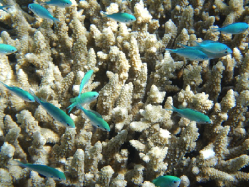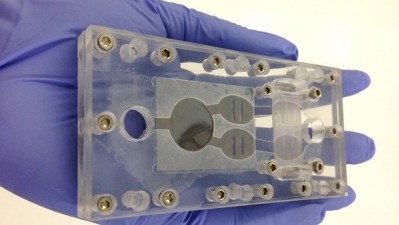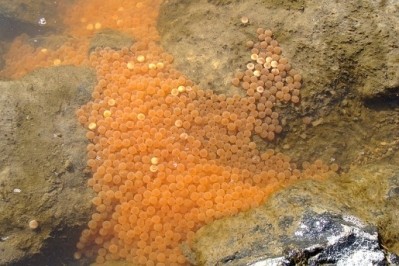Stream2Sea sun care takes safety testing to the extreme

The Sea2Stream product line comprises sun care, skin care, and hair care items, all of which are first tested in marine research facilities. Data on pollution inspired the stringent protocol. “Over 6,000 tons of skin care products enter coral reefs from tourist activities alone,” Blum writes on the company blog. “This number doesn’t take into account the products entering our rivers, lakes and streams through runoff, sewage and more.”
Out of the lab and into the ocean
Blum, who also founded the cosmetics company Organix South, is a trained chemist. And she’s partnered with her alma matter Eckerd College to ensure her latest venture is safe.
Under the leadership of Assistant Professor of Biology and Marine Science Koty Sharp, Stream2Sea sunscreen was tested on coral larvae to determine if larvae exposed to the product can develop to adulthood. “Sharp’s experiments suggest that Blum’s products do not negatively affect coral larvae, though that was not the case with some competing brands, even those that are marketed as safe for the marine environment,” explains an item on the Eckerd College news site.
The Stream2Sea testing initiative has real potential to payoff. Consumers are gravitating toward brands that minimize environmental harm. And evidence is mounting that high-tech sunscreens may do more damage than its worth.
Studies show the downside of nano
Recently published research out of the University of California Davis explores the effects of “engineered nanomaterials have on the embryos of…the white sea urchin,” reports Cosmetics Design.
In that study, scientists found that nano-zinc oxide used in sunscreen impairs the function of urchin embryos: “We show that low concentrations of nano-CuO and nano-ZnO can make embryos more susceptible to other contaminants, representing a potent amplification of nanomaterial-related developmental toxicity.”
Separate research has shown recently that nanomaterials can stunt terrestrial plant growth. A fair amount of post-consumer nanomaterials end up in biosolids used as agricultural fertilizers. University of Kentucky scientists “explored how nanomaterials affect the molecular mechanisms of plants and bacteria. And, they found that the gene expression of the plants exposed to nanomaterials was markedly altered,” according to Cosmetics Design.
















